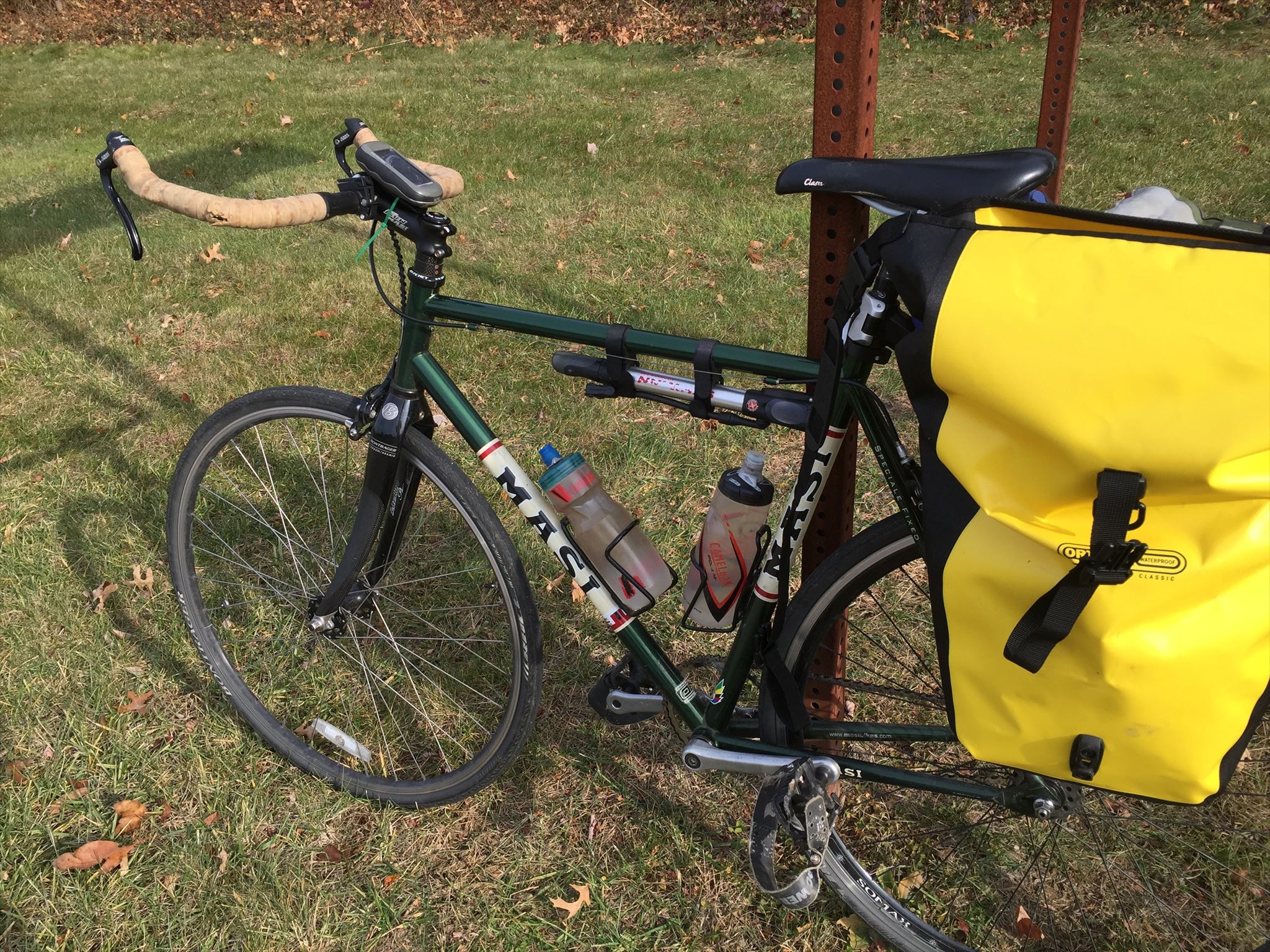We have a solar cover for our pool. It’s essentially a big, plastic sheet of bubble-wrap that sits on the pool surface. To remove it, we crank it onto a big reel — it’s pretty much a necessity to have a reel for these things, particularly with a large pool like ours.
After 5 seasons of dealing with solar covers, I’ve learned quite a bit about them. Contrary to what one might initially think, they don’t increase heating during the day when the pool is exposed to sun. In fact, they actually reduce daytime heating by blocking sunlight. There’s a bit of a greenhouse effect that heats the top foot or so of water, but the rest of the water sees less sun so doesn’t heat up as much. One desirable side effect of this is that it reduces chlorine usage during the day. So.. if you’re going on vacation and want to cut down on chlorine demand, put the cover on.
The biggest benefit of a solar cover is that it reduces heat loss and evaporation at night. So for the warmest water, you want to cover the pool in the evening and uncover it during the day.
[More:]
The drawbacks of solar covers are subtle and a bit paradoxical (hence the title of this post). The biggie: You’d think that using a solar blanket to cover a pool would keep the pool cleaner, but it doesn’t. In fact, you could argue that it actually makes the pool dirtier. It’s true that when the pool is covered, stuff will fall on the cover instead of into the water. And sure, you can even use a leaf rake to clear the larger debris off the cover before you remove the cover. But when it rains, the dirty and untreated rainwater will collect around the folds and creases of the cover, and then when you remove the cover, the dirty water (along with whatever debris is still there) all falls into the pool and fouls the clean water. Then, because most of the debris is already waterlogged, it immediately sinks down to the bottom of the pool. Contrast this to when the pool is uncovered: the skimmers collect all the debris before it sinks, and the rainwater immediately mixes with the treated water rather than puddling up on the cover.
Solar covers (like any cover) also encourage neglect of the pool. When the pool is covered, I find myself more likely to skip chores like adding chemicals, brushing, emptying skimmer baskets, running the automatic cleaner, etc. When you combine this with rain and extra organic debris, it can lead to an algae bloom pretty quickly.
Conclusions: Unlike conventional covers, these things really are not meant to keep stuff out of the pool. Use them only for their thermal properties (chilly nights etc), and keep them off during the day and in particular, when it rains. If you must use the cover when it’s raining to conserve heat, uncover the pool as soon as possible after the rain stops.
I’ve often thought about getting a leaf net cover to keep out debris. I think it would complement the solar cover nicely, and in certain instances the two could be used at the same time. I hesitate because I’m not sure how much trouble it would be to put on and take off, and how I would anchor it down to keep it from blowing away, falling in the pool, etc. When you think about it, another tradeoff with covers in general is that they are an impediment to getting in the pool. It’s much easier to go swimming when the pool is uncovered and ready to go. No one wants to spend time fumbling with a big, unwieldy cover beforehand. Still, in the late summer and early fall, when we’re swimming less frequently anyhow, the leaf net may be worth the hassle.




